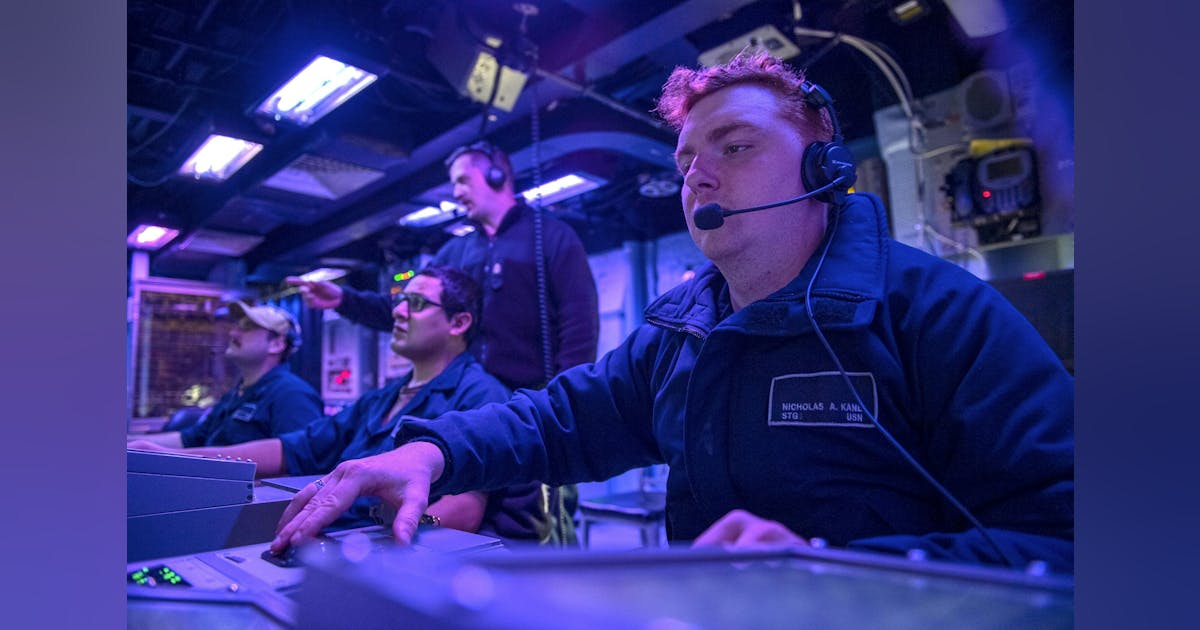Navy Requests Advanced Sonar Signal Processing from Northrop Grumman for Undersea Warfare
Date: March 31, 2025
The U.S. Navy has initiated a project aimed at enhancing sonar capabilities for undersea warfare, seeking advanced signal processing methods to bolster situational awareness and address potential threats. The Office of Naval Research (ONR) in Arlington, Virginia, has announced a noteworthy collaboration with Northrop Grumman Corp., which is poised to receive a substantial contract worth $24.9 million for the Full Spectrum Undersea Warfare Innovative Naval Prototype Autonomous Undersea Exploitation initiative.
Northrop Grumman’s task involves the development of specialized algorithms for autonomous sensing aimed at elevating sonar perception and exploitation techniques. This agreement encompasses advanced sonar design and real-time processing, enabling effective maritime situational awareness, surface ship tracking, and anti-submarine warfare (ASW) operations.
Enhancing Sonar Capabilities
The scope of work awarded to Northrop Grumman focuses on refining sonar-based perception capabilities by innovating specialized algorithms that ensure accurate information production from sensors. This initiative targets the enhancement of submarine and surface ship sonar systems, facilitating better autonomy and operational effectiveness.
Earlier in the year, Northrop Grumman secured a $15.2 million contract to upgrade the Navy’s AN/AQS-24 sonar system, which is utilized for airborne and surface mine detection. The highly efficient AN/AQS-24 sonar can be deployed via surface vessels and helicopters, operating effectively in zones deemed hazardous due to enemy mines.
Versatile Sonar Technologies
Equipped with cutting-edge side-scan sonar capabilities, the AN/AQS-24 allows for real-time identification and classification of underwater mines with impressive area coverage rates. Its laser line scanner significantly enhances optical identification precision, providing high-resolution imagery for actionable intelligence in mine detection.
The sonar system can function concurrently with its laser line scanner to improve the detection and identification of maritime threats, ensuring quick target box cuing and high-speed operations during mine countermeasures.
Future Outcomes
On this innovative project, Northrop Grumman is set to undertake its commitments in Annapolis, Maryland, aiming for project completion by March 2030. For further information, visit Northrop Grumman’s official site.













